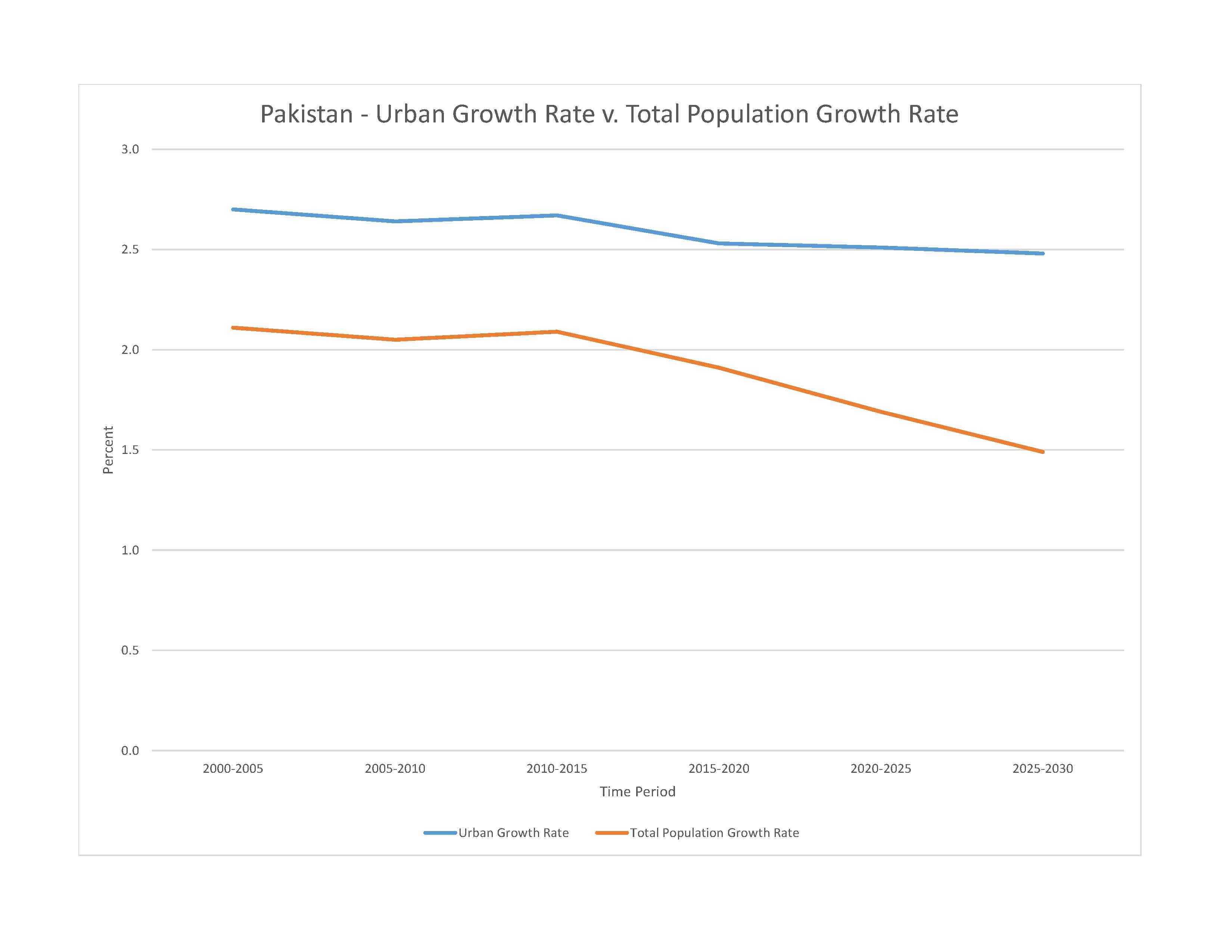
water pollution from raw sewage, industrial wastes, and agricultural runoff; limited natural freshwater resources; most of the population does not have access to potable water; deforestation; soil erosion; desertification; air pollution and noise pollution in urban areas
party to: Antarctic-Environmental Protection, Antarctic-Marine Living Resources, Antarctic Treaty, Biodiversity, Climate Change, Climate Change-Kyoto Protocol, Climate Change-Paris Agreement, Desertification, Endangered Species, Environmental Modification, Hazardous Wastes, Law of the Sea, Marine Dumping-London Convention, Nuclear Test Ban, Ozone Layer Protection, Ship Pollution, Wetlands
signed, but not ratified: Marine Life Conservation
mostly hot, dry desert; temperate in northwest; arctic in north
agricultural land: 35.2% (2018 est.)
arable land: 27.6% (2018 est.)
permanent crops: 1.1% (2018 est.)
permanent pasture: 6.5% (2018 est.)
forest: 2.1% (2018 est.)
other: 62.7% (2018 est.)
urban population: 38% of total population (2023)
rate of urbanization: 2.1% annual rate of change (2020-25 est.)

severe localized food insecurity:due to population displacements, economic constraints, and high prices of the main food staple - according to the latest analysis, about 4.7 million people, 25% of the population, are estimated to be facing high levels of acute food insecurity, between April and June 2022 in 25 districts analyzed in Balochistan, Sindh and Khyber Pakhtunkhwa provinces; prices of wheat flour, the country’s main staple, were at high levels in most markets in May 2022, constraining access to the staple food (2022)
0.1% of GDP (2018 est.)
0.06% of GDP (2018 est.)
particulate matter emissions: 50.13 micrograms per cubic meter (2019 est.)
carbon dioxide emissions: 201.15 megatons (2016 est.)
methane emissions: 142.12 megatons (2020 est.)
municipal solid waste generated annually: 30.76 million tons (2017 est.)
municipal solid waste recycled annually: 2,460,800 tons (2017 est.)
percent of municipal solid waste recycled: 8% (2017 est.)
Indus river mouth (shared with China [s] and India) - 3,610 km; Sutlej river mouth (shared with China [s] and India) - 1,372 km; Chenab river mouth (shared with India [s]) - 1,086 km
note – [s] after country name indicates river source; [m] after country name indicates river mouth
Indian Ocean drainage: Indus (1,081,718 sq km)
Internal (endorheic basin) drainage: Tarim Basin (1,152,448 sq km), (Aral Sea basin) Amu Darya (534,739 sq km)
Indus Basin
municipal: 9.65 billion cubic meters (2020 est.)
industrial: 1.4 billion cubic meters (2020 est.)
agricultural: 172.4 billion cubic meters (2020 est.)
246.8 billion cubic meters (2020 est.)
NOTE: The information regarding Pakistan on this page is re-published from the 2024 World Fact Book of the United States Central Intelligence Agency and other sources. No claims are made regarding the accuracy of Pakistan 2024 information contained here. All suggestions for corrections of any errors about Pakistan 2024 should be addressed to the CIA or the source cited on each page.
This page was last modified 04 May 24, Copyright © 2024 ITA all rights reserved.